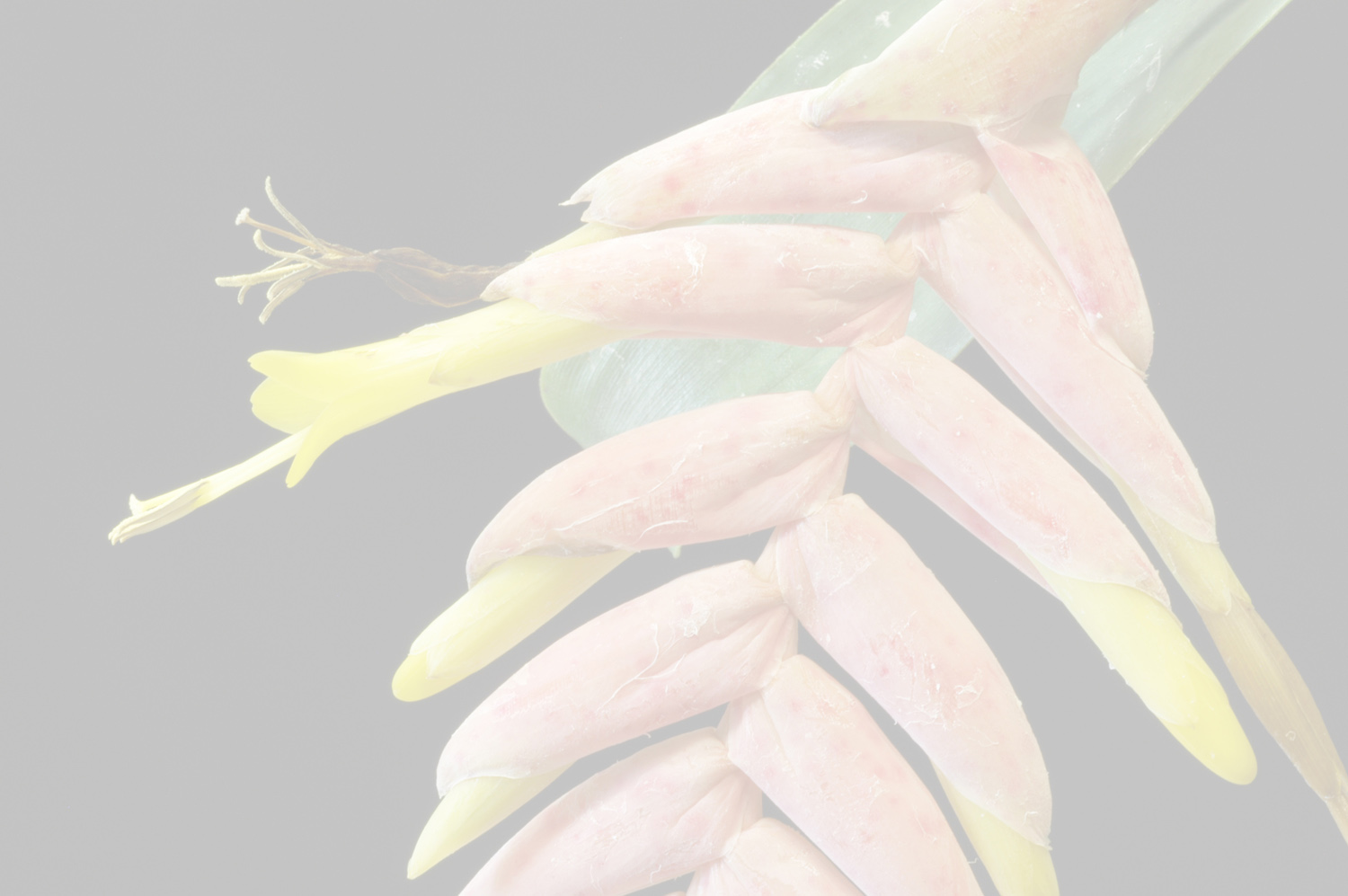


plant saxicolous, flowering 66–70 cm high, propagating by short ascending shoots. leaves 10–15 forming a subbulbous rosette 3.5–4 cm in diameter; sheath purple, ovate, 10 cm long, 4.4 cm wide, densely lepidote; blade linear-triangular, 60 cm long, 1–1.5 cm wide, green with very small purple spots, obscurely lepidote, dark red margin, long attenuate purple apex. inflorescence: peduncle suberect, stout, exceeding the leaves, 60 cm long, 0.5–0.7 cm in diameter; peduncle bracts imbricate, the lower ones green foliaceous, longer than the internodes, the middle ones elliptic red-purple with long, attenuate, castaneous apex, 10.5 cm long, 2.3 cm wide, the upper ones reddish purple, elliptic, with acute castaneous apex, 4.3 cm long, 2.8 cm wide, longer than the internodes; fertile part simple, suberect, 11 cm long, rachis geniculate, 0.5 cm in diameter; floral bracts distichous, reddish purple, ovate, imbricate, ecarinate, obtuse apex, equalling the sepals at anthesis. flowers distichous, slowly secund at anthesis, pedicel stout, 0.7 cm long; sepals green, ovate, symmetric, connate, 3.2 cm long, 1.6 cm wide, with scales on the inner surface, obtuse apex; petals symmetric, 6.1 cm long, 0.8 cm wide, yellow, glabrous, free, flaccid and recurving at anthesis, 2 scales at base, 1.8 cm long. stamens free, exserted. pistil: ovary 0.7 cm long, 0.2 cm in diameter, glabrous, placentae central; stigma 3 divisions; ovules caudate. fruits up to 2.5 cm long, dark castaneous; seeds fusiform, 0.8 cm long with the apical appendage divided into a short coma.Edited from (02-03-2023): Martinelli & Costa 1990. (protologue) Vriesea farneyi (subgenus Atcantarea), a New Species from Brazil .